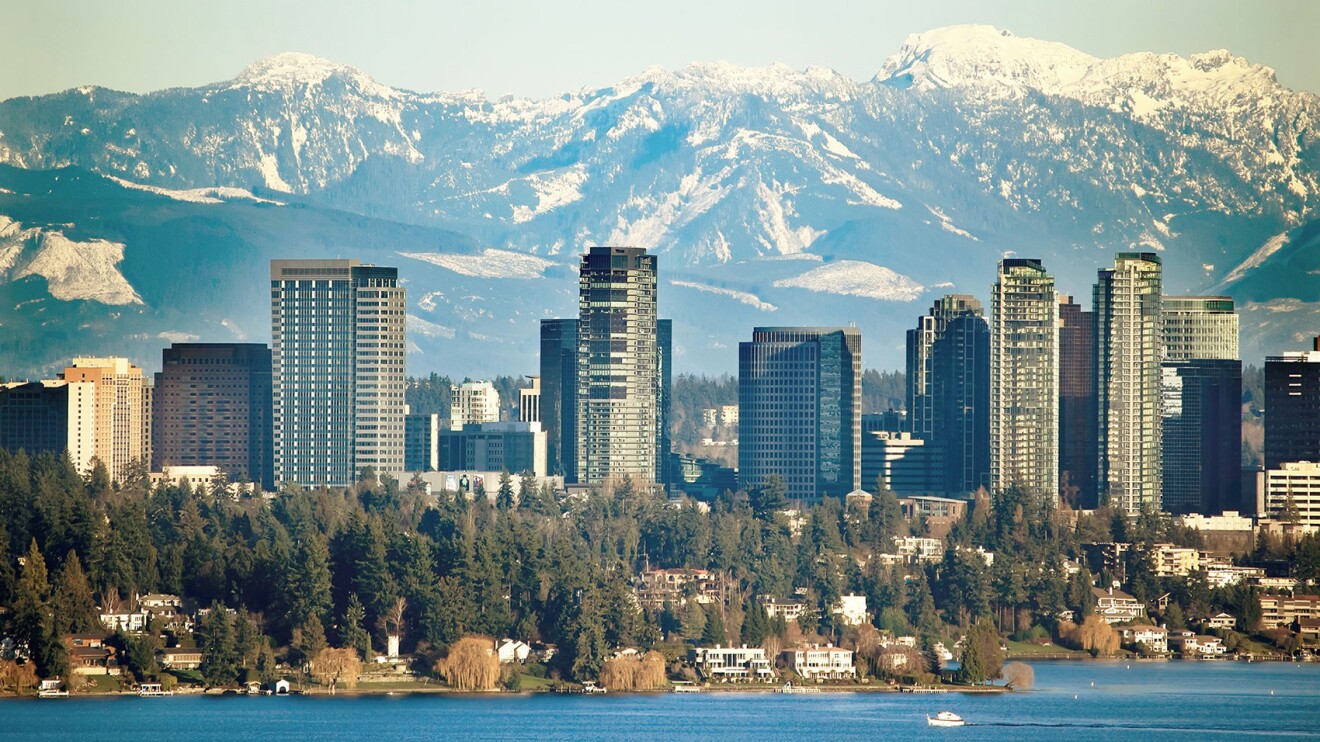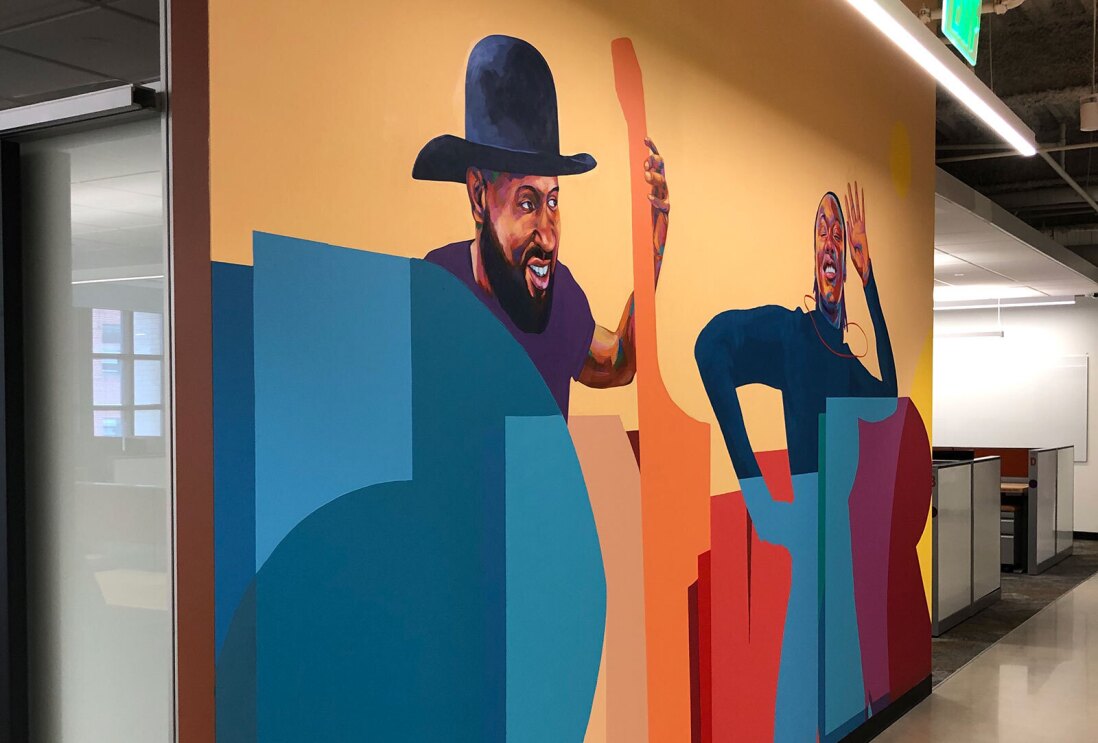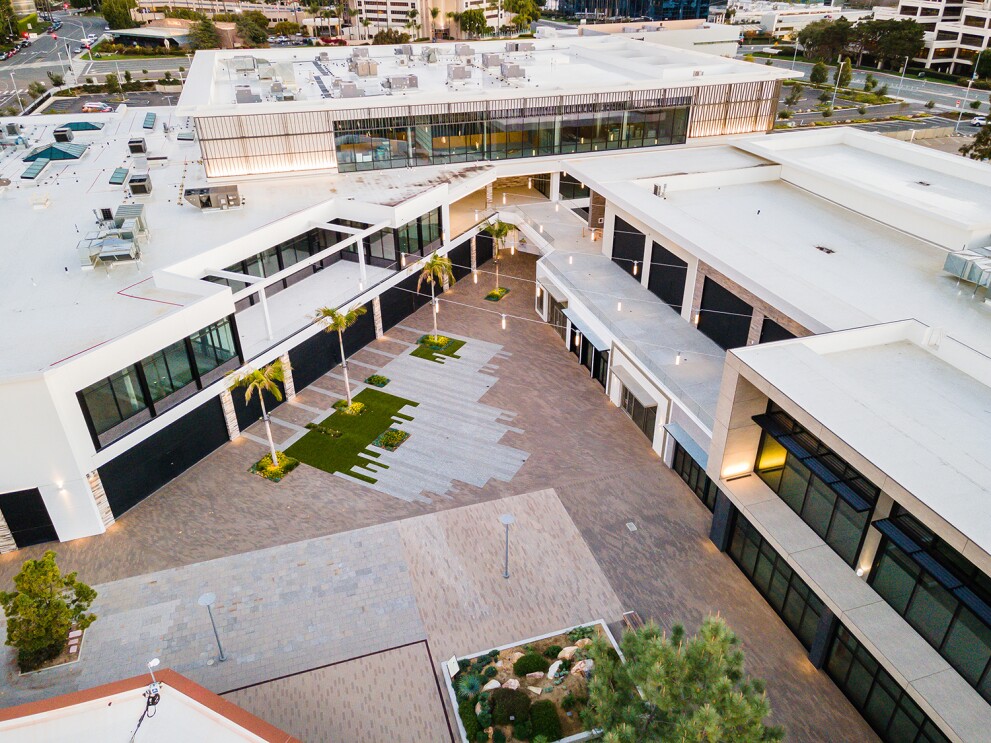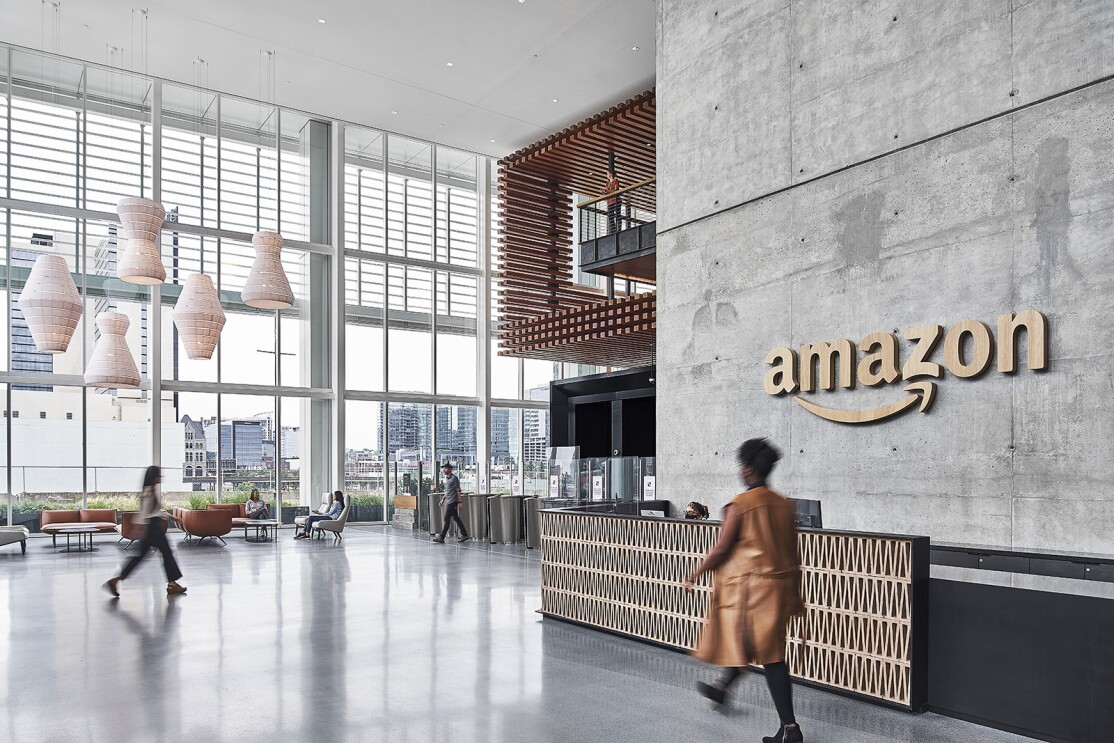For more than 20 years, I’ve spent my career helping communities unlock their economic potential. When I came to Amazon seven years ago, what excited me most was the opportunity to think big and do this work at scale, while helping us deliver for our customers. My role leading economic development largely consists of helping explain to communities and their leaders how Amazon’s investments can benefit them by bringing additional economic vibrancy and creating new opportunities for everyone living there. We work closely with the communities where we invest to understand their needs, from infrastructure to talent attraction and workforce development programs, that will help drive new opportunities.
Last year, the Progressive Policy Institute named America’s No. 1 Investment Hero, recognizing Amazon as the top investor in the U.S. economy. We worked with our external consultants at Keystone Strategy and internal economists to look at Amazon’s investments in the U.S. over the last 12 years to help break down our economic impact. Here’s what we found:
1. Since 2010, Amazon contributed more than $880 billion to the national gross domestic product (GDP).

In 2022 alone, we directly invested more than $240 billion in the U.S. These investments, including infrastructure and employee compensation, helped to expand local economies and support an additional 2 million indirect jobs in communities across the country, in fields like construction, healthcare, retail, and professional services. Learn more by visiting our U.S. investment map.
2. With nearly 1 million U.S. employees, Amazon is the second largest private employer in the U.S.—and the largest job creator in the country.

We’re committed to creating good jobs that pay more than double the federal minimum wage, with customer fulfillment and transportation roles averaging over $20.50 per hour, and providing employees with great benefits, including healthcare and 401(k) access, along with a wide range of company-funded upskilling opportunities—including pre-paid college tuition for our logistics employees. In the last decade, no other private company has created more jobs than Amazon.
3. Close to half of the people Amazon hires for our logistics jobs were previously unemployed.

We’re proud to create jobs across the country for people of all skill and experience levels. Using a survey of our new hires, economists found that 47% of people working across our fulfillment and operations network were previously unemployed, creating opportunities for people at every stage of their career path.
4. Two of every five U.S. jobs Amazon creates are in small town America.

Using U.S. census population information combined with our localized hiring figures, economists found that more than 40% of all jobs Amazon created in the last five years were created in small towns. Whether it’s at a fulfillment center, delivery station, air hub, or retail store, every job we create is an example of Amazon’s economic engine at work.
5. Communities that Amazon invests in see an average increase of 900 local retail jobs.

Economists looked at the number of jobs created in counties where Amazon invests and found that an average of 900 new jobs in retail were created following our arrival, on top of the direct jobs that we brought to town. When we open a fulfillment center to prepare customer orders, we create 3,000 local jobs on average, providing a steady income to thousands of families in the area who then spend more at local businesses and inject additional vibrancy into the local economy. Learn more about how Amazon creates opportunities for nearby businesses and creates even more jobs in the communities in which we operate.
6. More than 100,000 U.S. Amazon employees have expanded their careers, job options, and earning power through Amazon Career Choice, a program that creates paths to career success through education and learning new skills.

Career Choice participants in the U.S. can attend their classes at one of more than 400 education partners, including community colleges, local and national colleges, historically Black colleges and universities (HBCUs), and other skills training providers.
7. 500,000 small and medium-sized businesses sell on Amazon, supporting an estimated 1.5 million additional jobs across the country.

More than 60% of sales in Amazon’s U.S. store come from independent sellers, most of which are small and medium-sized businesses. Take a look at our small business empowerment report to learn more about how our investments allow these small businesses to scale and reach more customers around the country—and the globe.
Trending news and stories
- Amazon CEO Andy Jassy shares the simple question that helps power Amazon's innovation
- Amazon will share its Q1 2025 earnings on May 1
- The Amazon Book Sale is back April 23-28 with thousands of deals across books, select devices, and memberships
- Amazon CEO Andy Jassy shares how AI will reinvent ‘virtually every customer experience we know’











